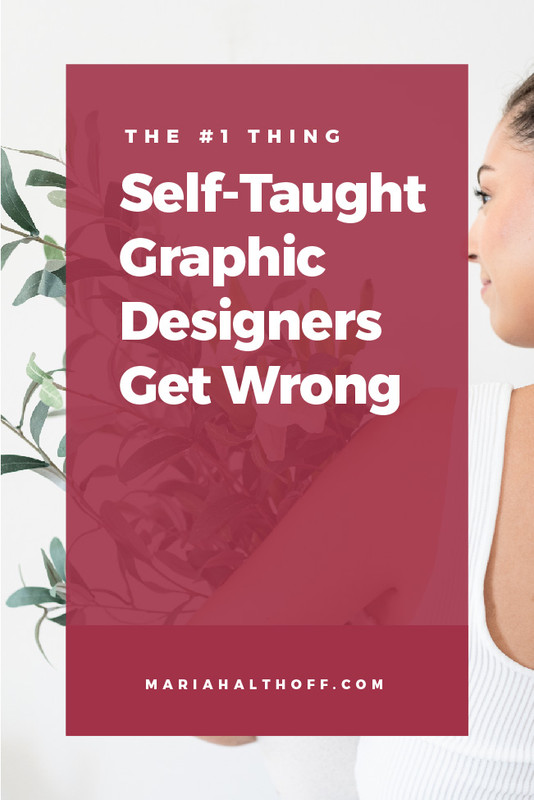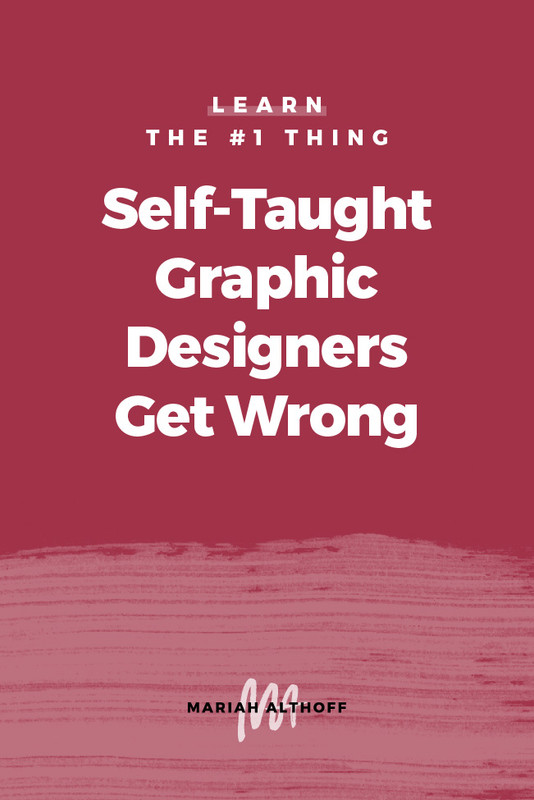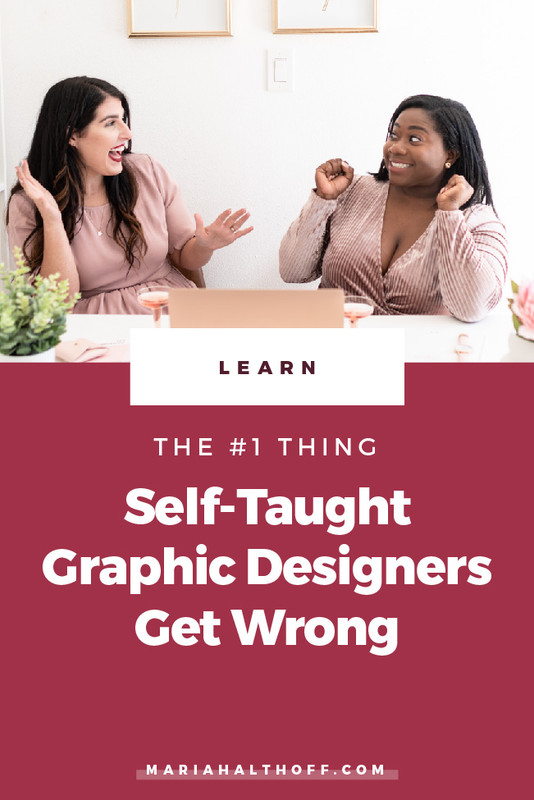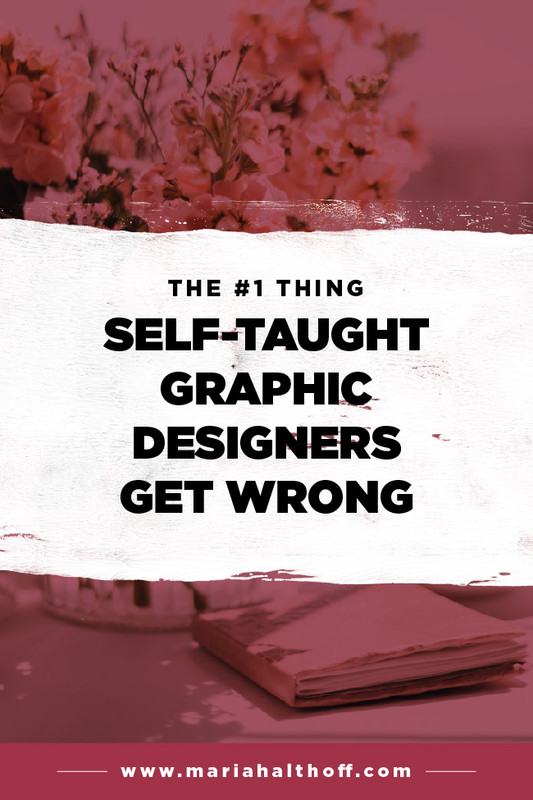The #1 Thing Self-Taught Graphic Designers Get Wrong
There are a lot of misconceptions about graphic design. But as a mentor for aspiring graphic designers, the number one mistake that my students make is assuming that it’s a designer’s job to make things look pretty.
Now, you may be saying to yourself, “well, isn’t it our job to make pretty things?”
And while yes, at the end of the day you want your designs to be aesthetically pleasing, that’s not that number one goal. As a designer, your job is actually to solve problems and effectively convey information. Sure, you can do that in an attractive way, but your main purpose should be to simply create effective graphics that meet your client’s goals!
Define Your Intention
Whenever you start working on a project, the very first thing you should do is ask yourself the intent behind the piece.
What should the viewer do when they see it?
Are they supposed to purchase something?
Attend an event?
Learn something new?
Once you understand the intent of the piece, you can start designing with intention. You should never add an element to a design simply because it “looks pretty.” There should always be a purpose behind it, whether that’s to draw attention to a particular element or to add to the overall context of the message!
Utilize Design Psychology
For example, you may add padding to your design, which relates to how much negative space there is around an element in your graphic. When you let your design elements breathe, it allows people to be able to actually focus on what it is, what it says, what it does, and what it shows.
If your graphic is cramped and claustrophobic, it may make it harder for people to read and really take in the information.
Another practice in design psychology is contrast. Utilizing contrast can add emphasis to different parts of the graphic, such as the call to action. For instance, when you’re pairing fonts together, you’ll want to keep contrast in mind. If the fonts are too similar, you may create an awkward tension between them, which makes it hard for the viewer to understand where to look first.
When pairing fonts you either want to use two very different fonts, or one font with different weights. This way, you can create contrast – and emphasis – between your header text and your paragraph text.
This also goes to say that when you approach a project with design psychology and strategy in mind, you can charge more. You're infinitely more valuable to your clients once you've learned these practices and implemented them into your design process, because you’re going to create more effective graphics that drive results.
Ready to learn more?
If you’re interested in learning more about design psychology and the principles behind it, send me a DM on Instagram at @mariah_althoff and I’ll connect you with more of my trainings and courses that can help you no matter where you are at on your design journey! I honestly want you to be the BEST you can be so that you can give the best to your clients, and charge what you are really worth!
And before you go, you should definitely check out my free workshop 3 Simple Shifts to Upgrade from Canva to Adobe. I actually dive a little more into design psychology and principles there too!
I hope to see you over there!


















